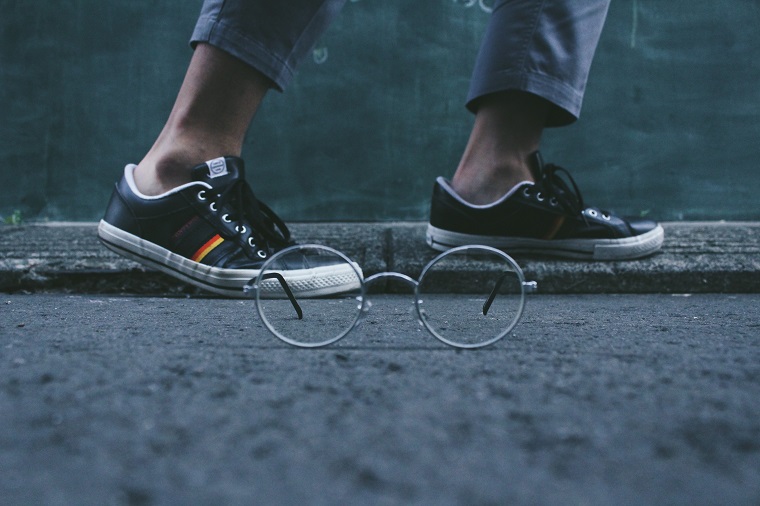Making Sense of Moving Through Life
By Adrian Taylor
12 April 2019

Our senses play an essential but often underappreciated role in helping us physically navigate through life, and neurophysiologists in the Department of Human Health and Nutritional Sciences are gaining new ground in their quest to understand how sensory information helps us complete everyday motor tasks.
Prof. Leah Bent and her research group recently found that limiting visual feedback or sensory input from the skin around the ankle has a profound impact on limb control – which may explain why aging can make simple motor tasks more difficult.
“As we get older, our vision and the sensation we have in our skin and joints declines. These deficits make it more difficult to coordinate movements in order to complete tasks that used to be simple to perform,” says Erika Howe, a PhD candidate in Prof. Bent’s lab and lead author of the study.
The ankle joint plays a fundamental role in how we perceive the movement of our feet while walking. This is because when the skin of the ankle joint moves, it triggers nerve receptors in the skin that help enhance coordination of the foot while walking.
At the same time, visual input is also critical for motor tasks ranging from simple walking to more complex actions like stepping over an obstacle. This connection between sensory inputs from the eyes and the skin, and our ability to carry out motor tasks, is what led Bent and her group to study how deficits in one or both of these inputs affect how we navigate obstacles.
Howe was particularly interested in how sensory inputs can influence our ability to cross over an obstacle roughly the height of a parking curb. To tease out the role of vision in this process, young adult volunteers were given goggles which obstructed the lower half of their visual field as they attempted to cross the obstacle. To assess the role of skin sensation, Howe anesthetized an area of skin at the front of a participant’s ankle about the size of a credit card before they attempted the test. She then used a 3D motion capture system to record and analyze how deficiencies in visual feedback and skin sensation, alone and in combination, affected leg movement as it crossed the obstacle.
Howe found that limiting sensory input had widespread effects on how participants crossed the obstacle. When sensory input was reduced, participants took longer on average to cross the obstacle. Their hips and toes would also “flex” more to help lift the desensitized ankle over the obstacle. And although full vision helped compensate for some of the effects associated with reduced skin input during obstacle crossing, it was not able to mitigate those effects entirely.
Howe’s research sheds light on how sensory limitations can have a big impact on how we go about performing seemingly simple tasks.
“Isolated joint sensory problems are really not isolated issues. They influence how we approach everyday tasks by forcing other parts of the body to compensate,” says Howe, noting that it may also be beneficial to study the effect of sensory deficits caused by disease on our ability to complete motor tasks.
For the rest of us, one thing is clear: the simple act of stepping over a curb may never seem quite so simple or straightforward again.
The study was conducted in collaboration with Prof. Lori Ann Vallis, Department of Human Health and Nutritional Sciences, and with funding from the Natural Sciences and Engineering Research Council of Canada.
Read the full article in the journal Experimental Brain Research. (Login required)
Read about other CBS Research Highlights.